NCN 5 Reading to Oxford
Ride overview
An hour from central London and you’re riding across flinty hills where pigs graze in the woods, where roses climb the walls of cottages, where the Thames flows sweetly through meadows and quintessential market towns. The first stage of a superb tour across Central England and into Wales, is a gently meander largely along the Thames valley, only interrupted by theChiltern Hills, once a tropical sea, now a National Landscape. Along the way, there’s a lion, a golden elephant, a bear, as well as many hundreds of red kites swirling above you. It is a relatively short ride through an England little changed since your grandparent’s time and with plenty of time at the end of the ride to enjoy the pleasures of Oxford’s ‘dreaming spires’.
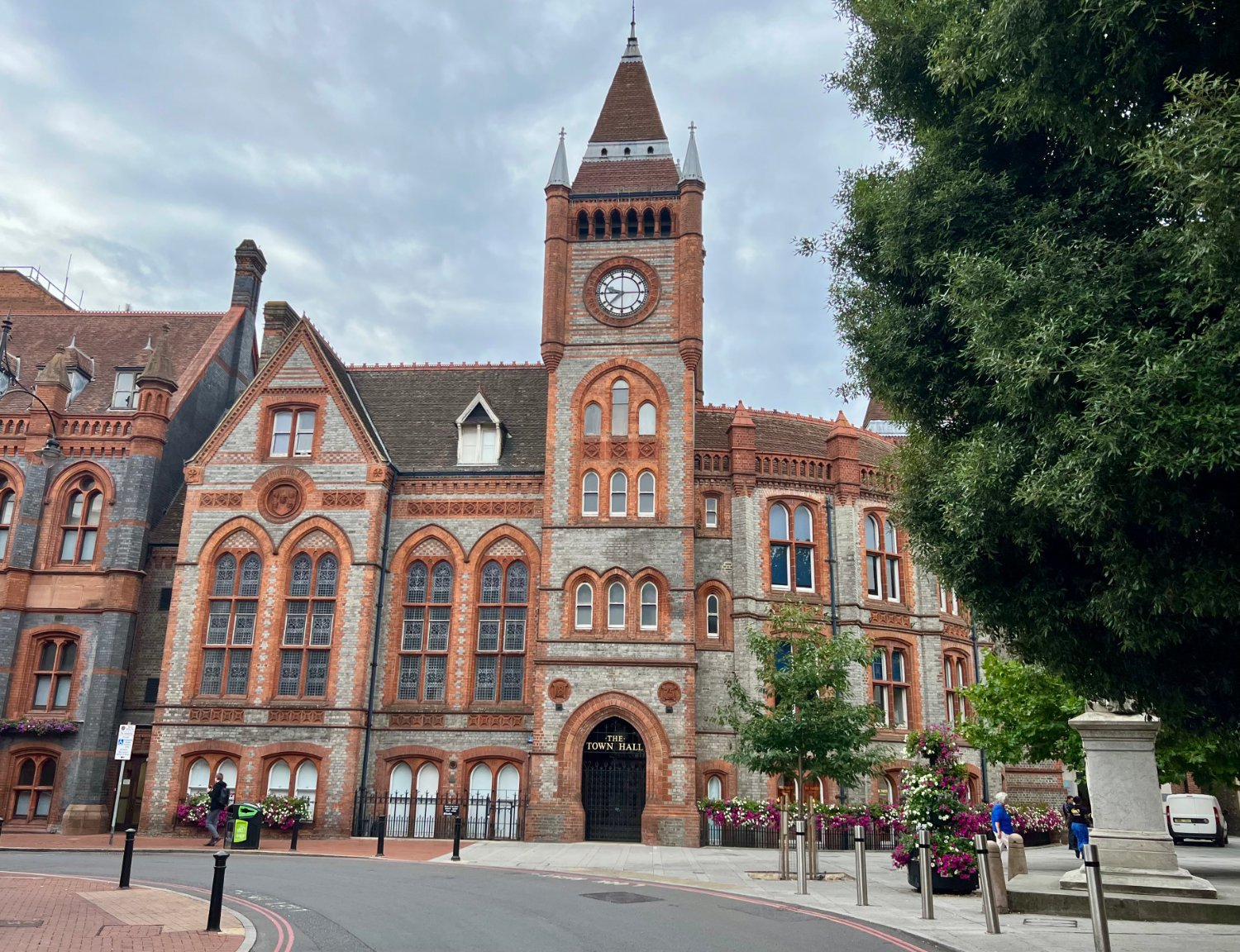
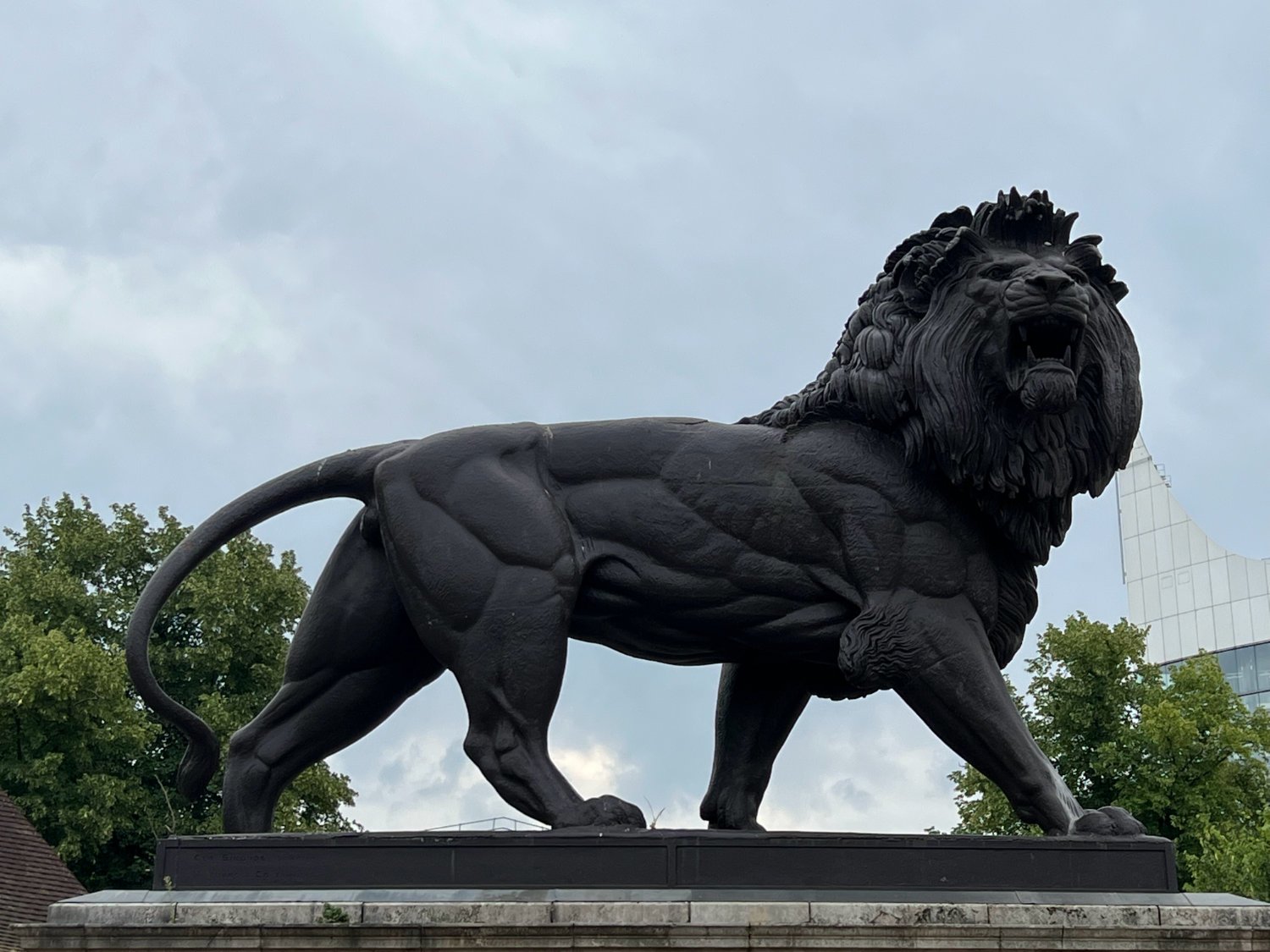
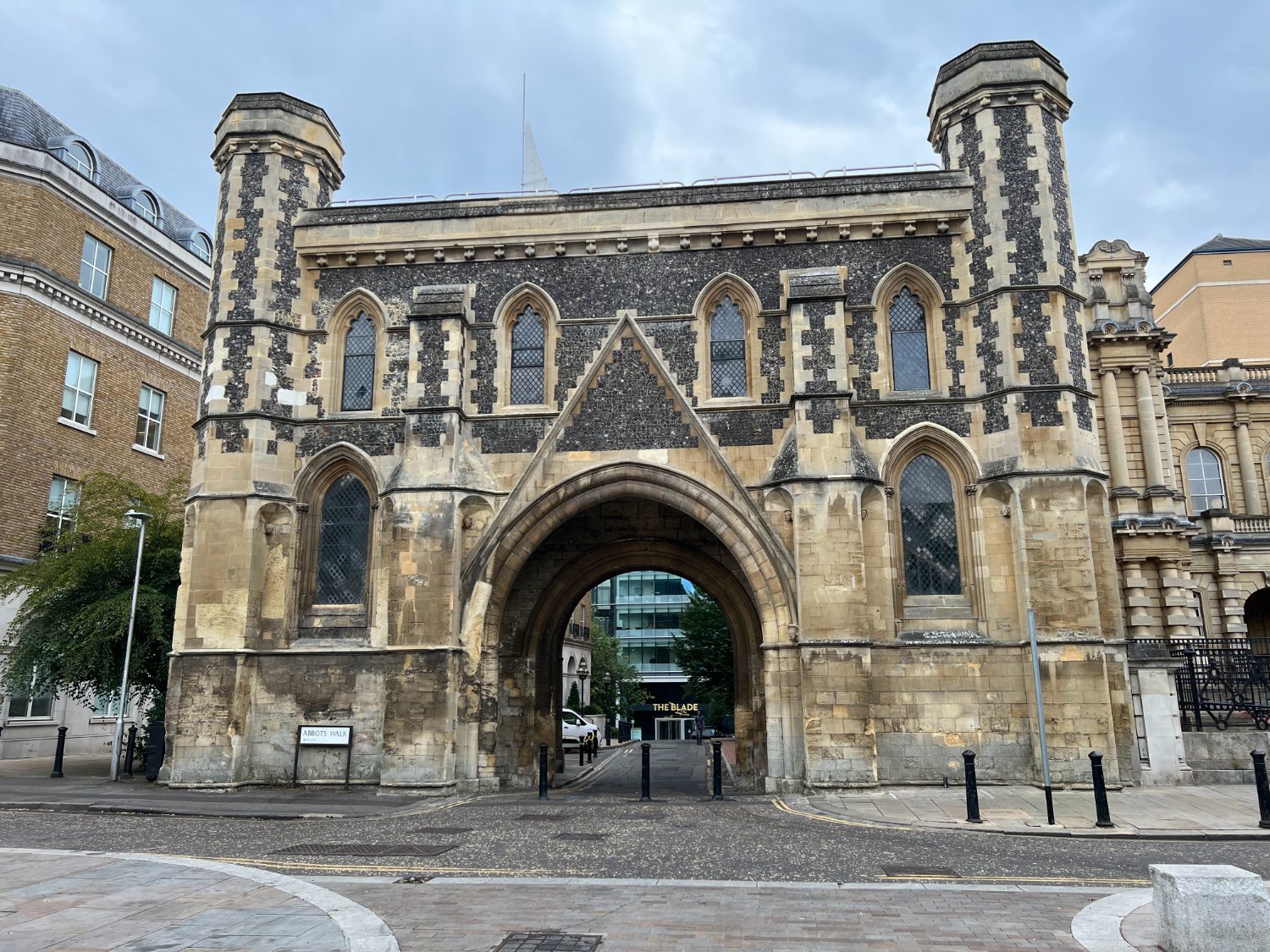
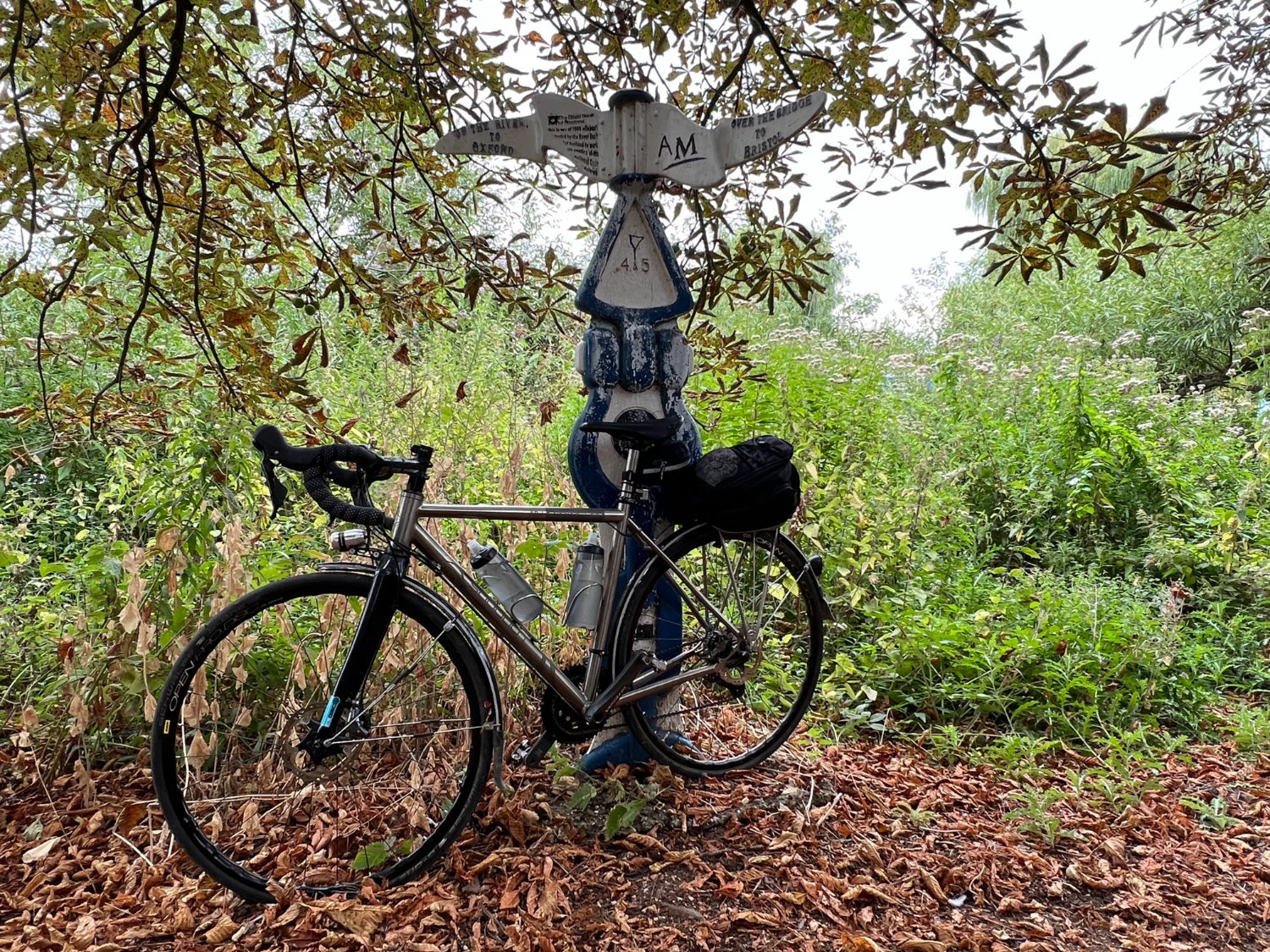
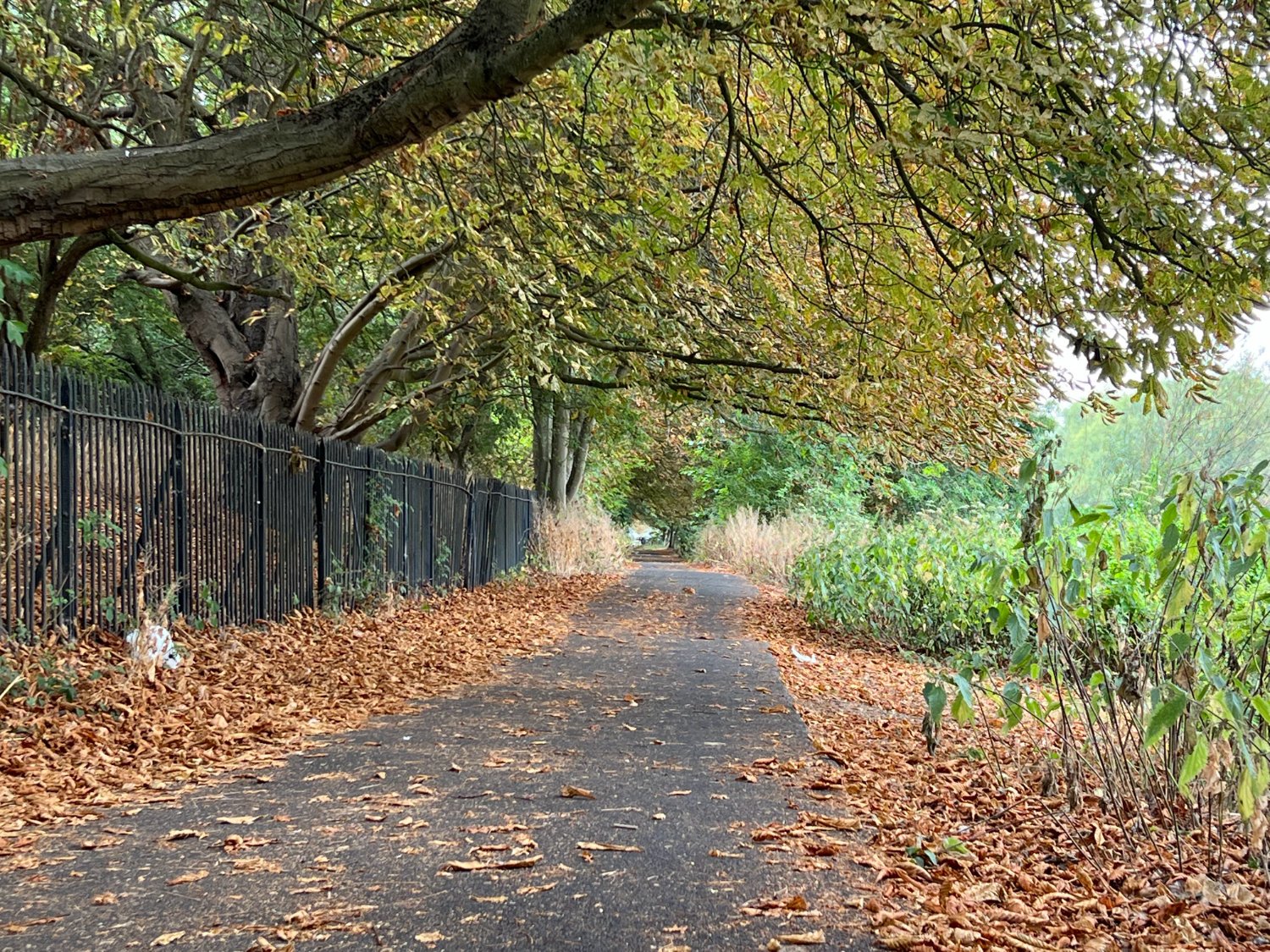
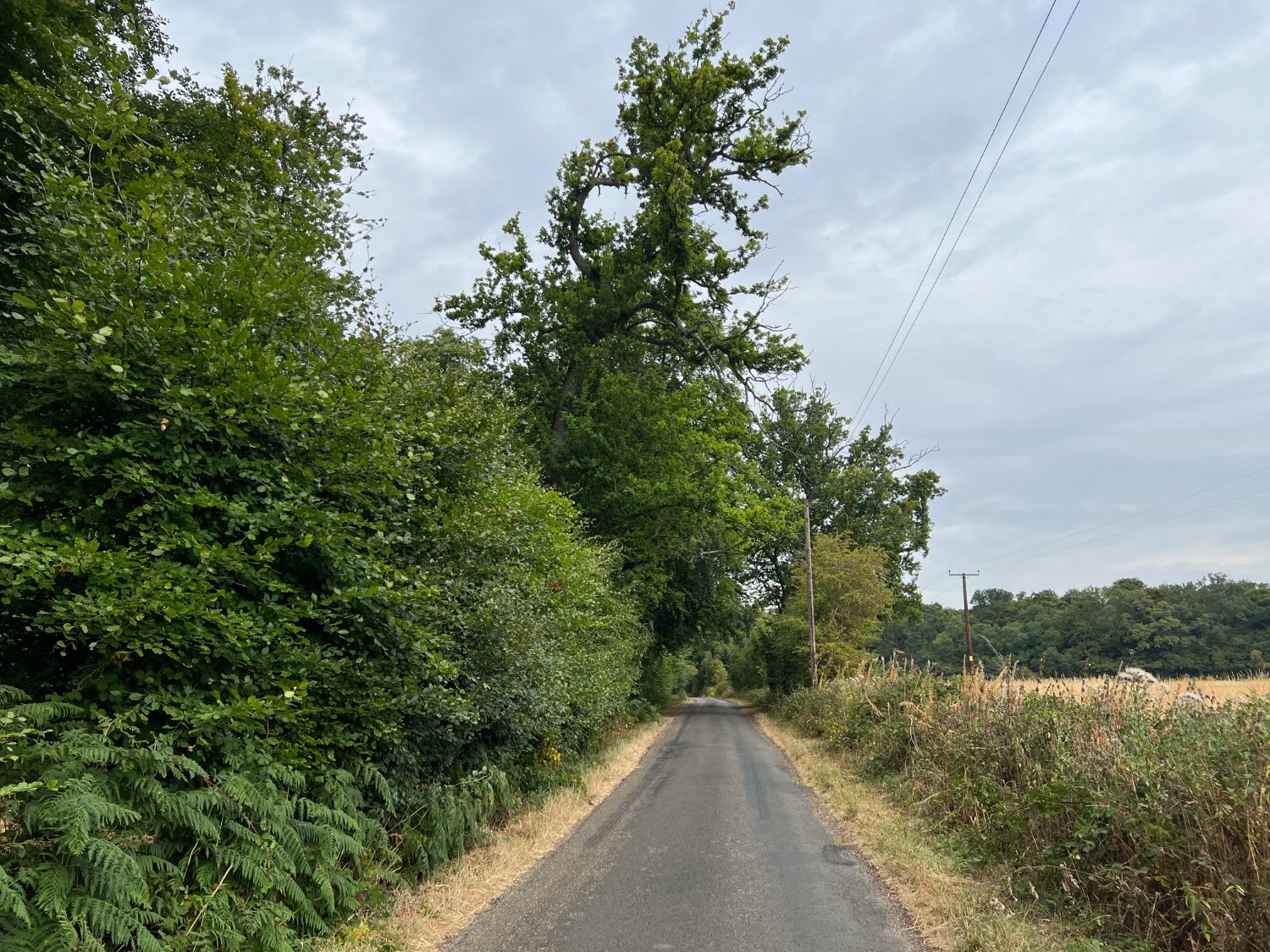
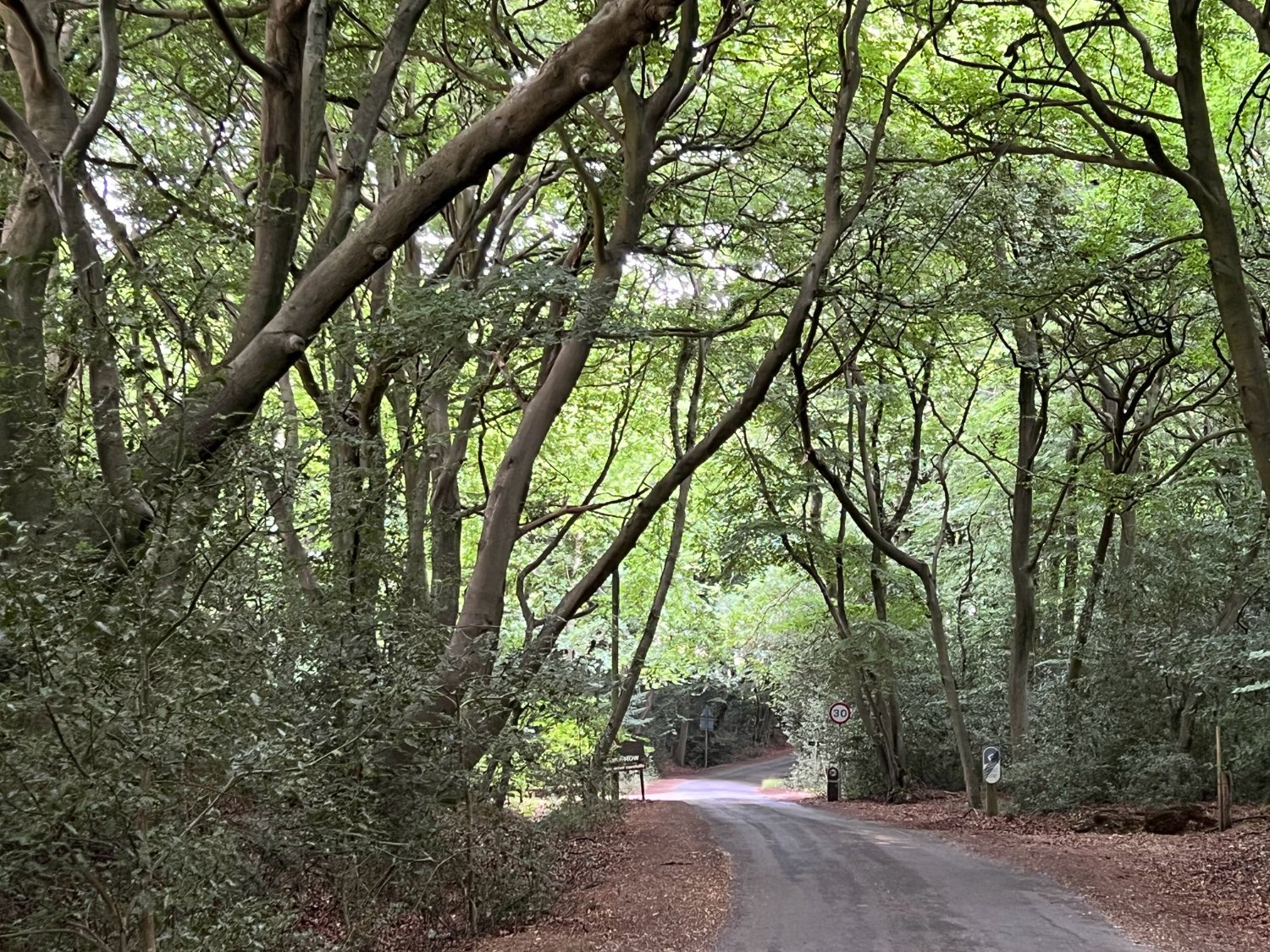
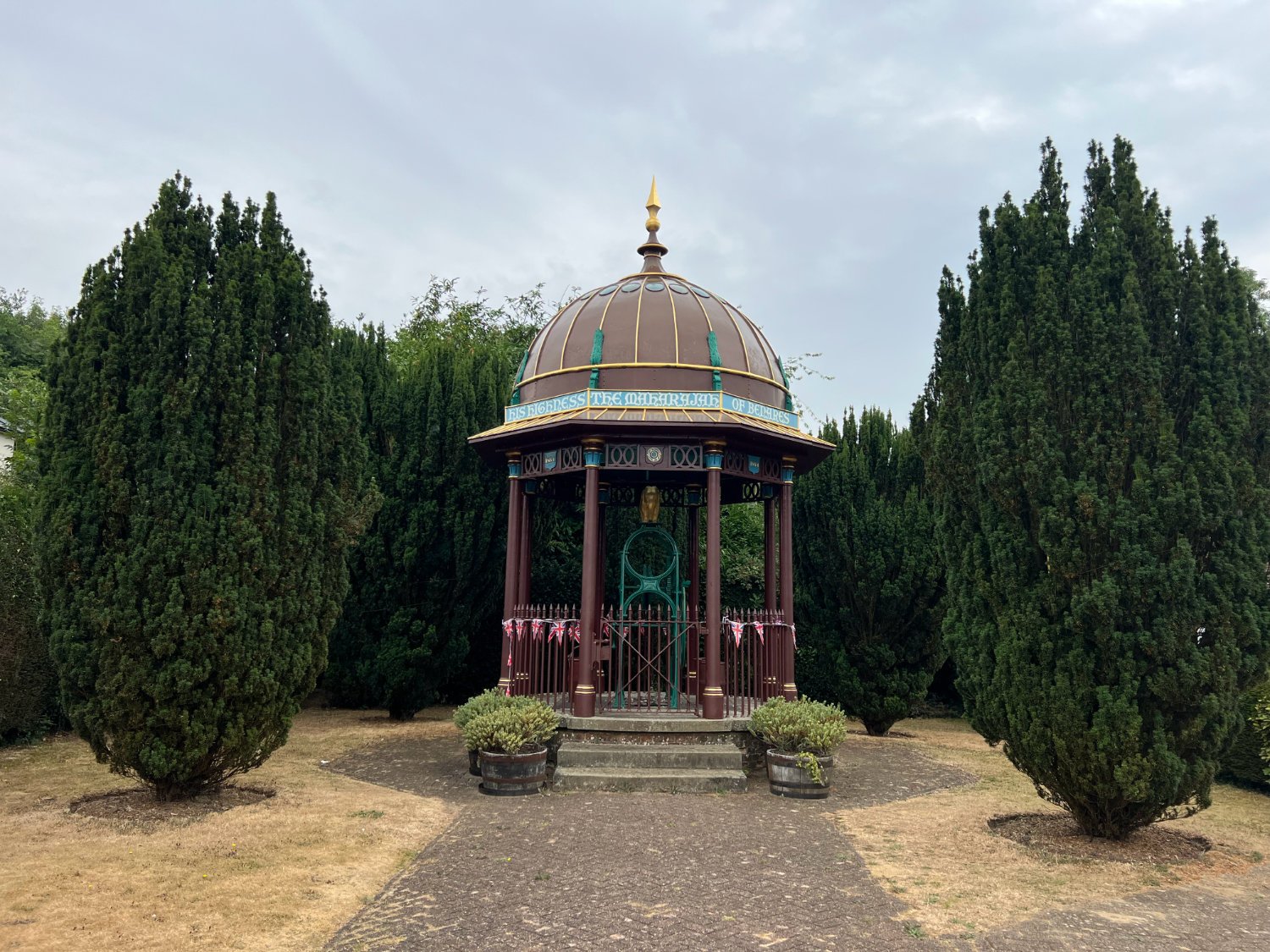
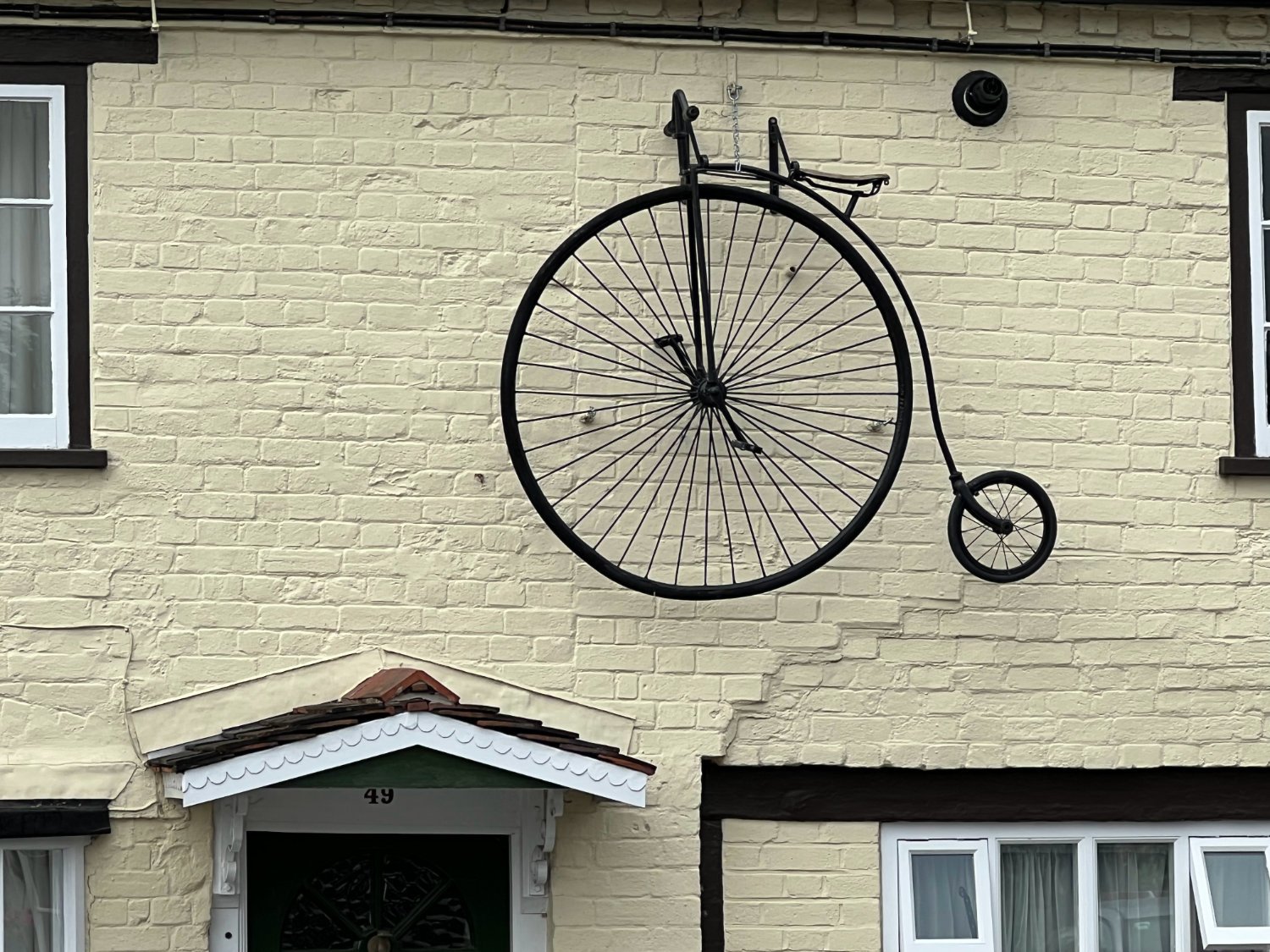
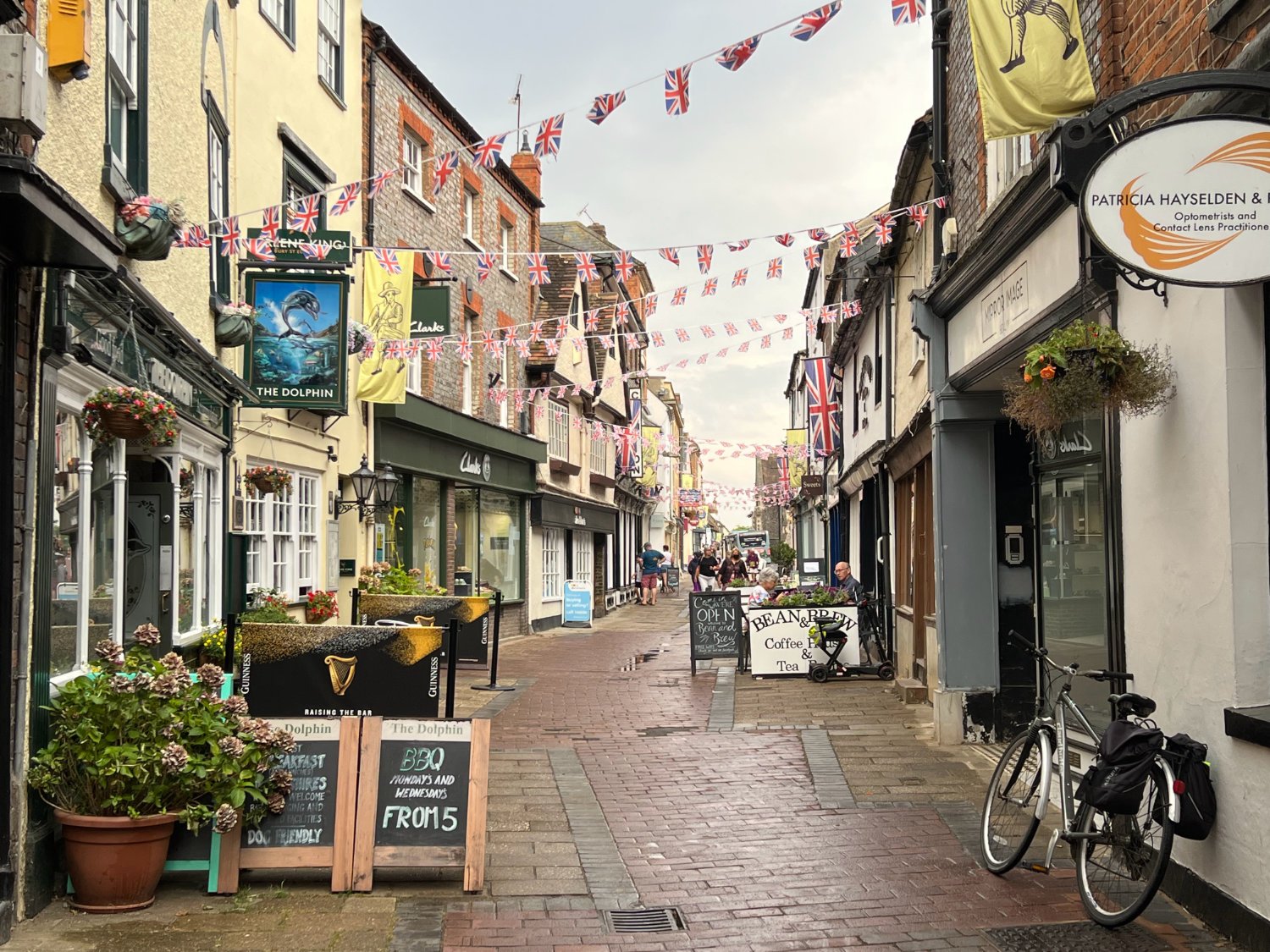
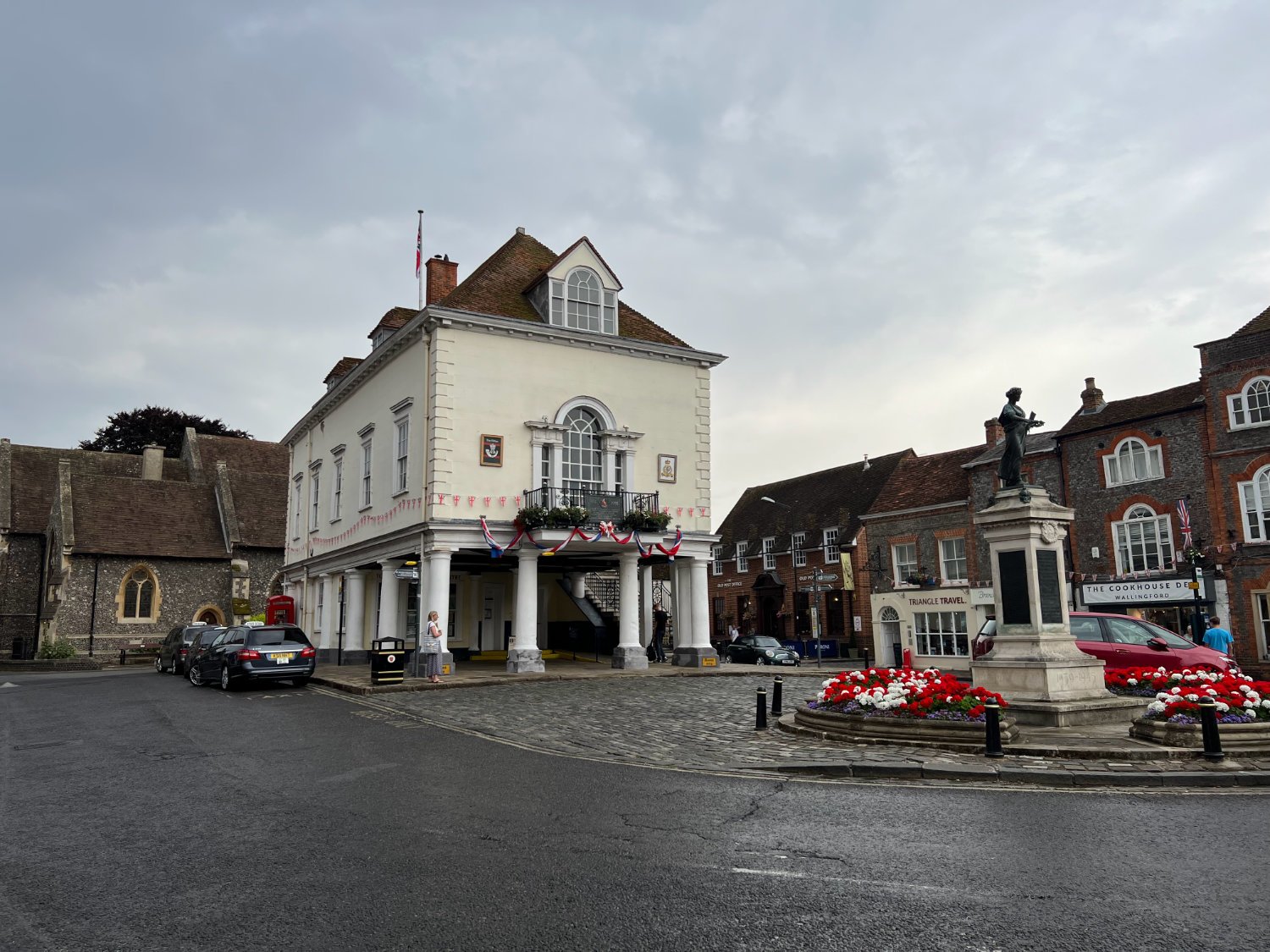
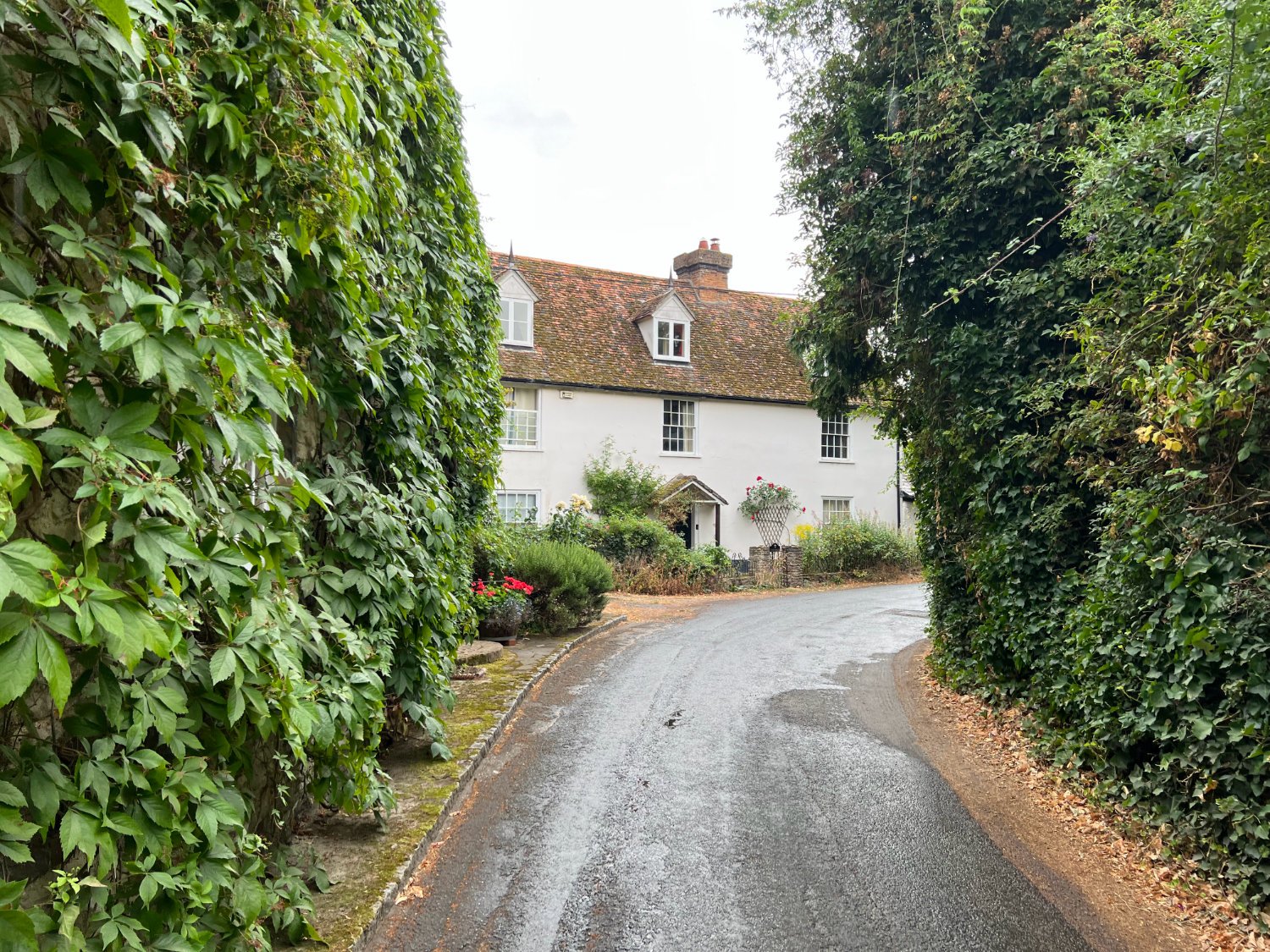
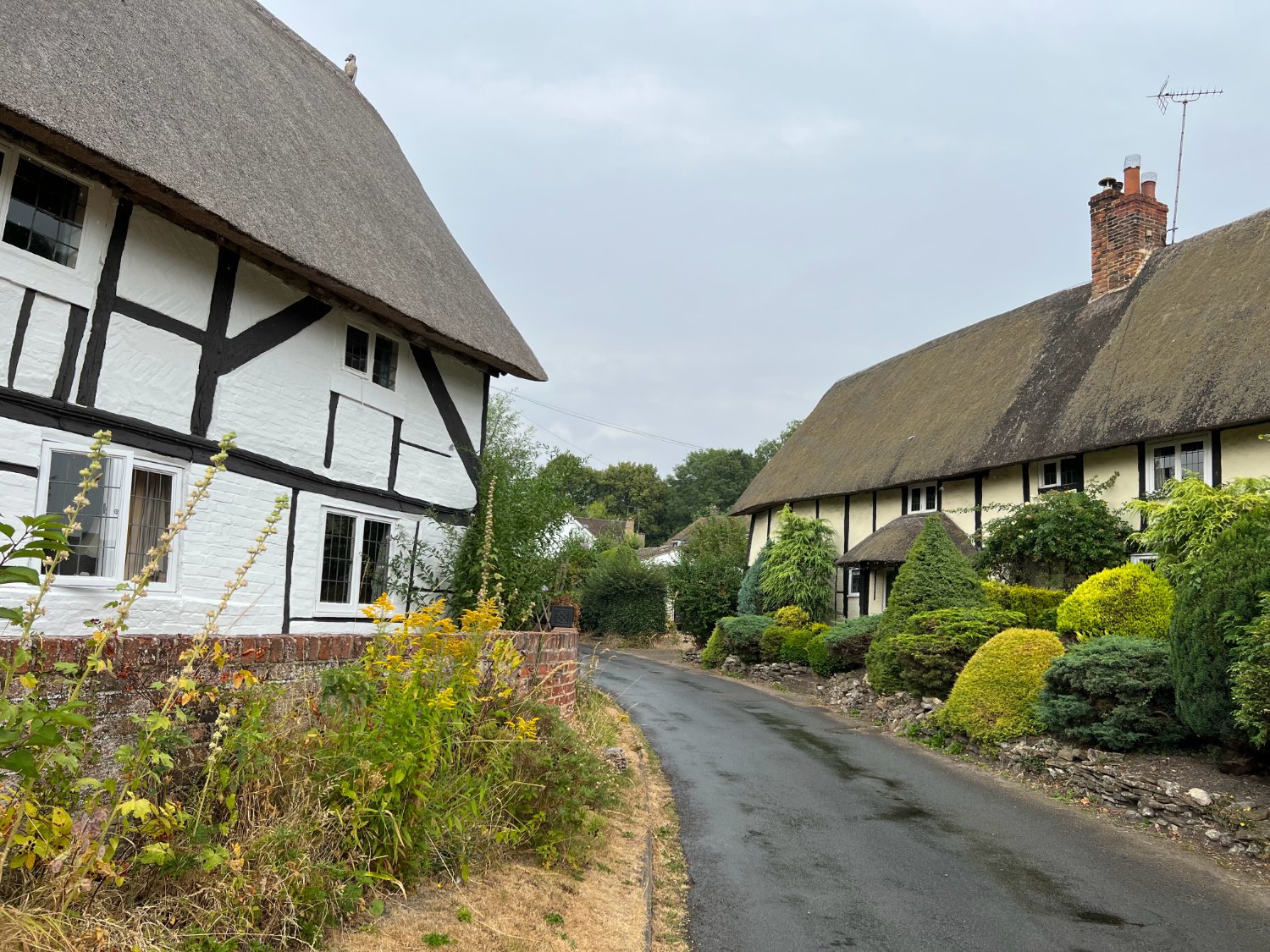
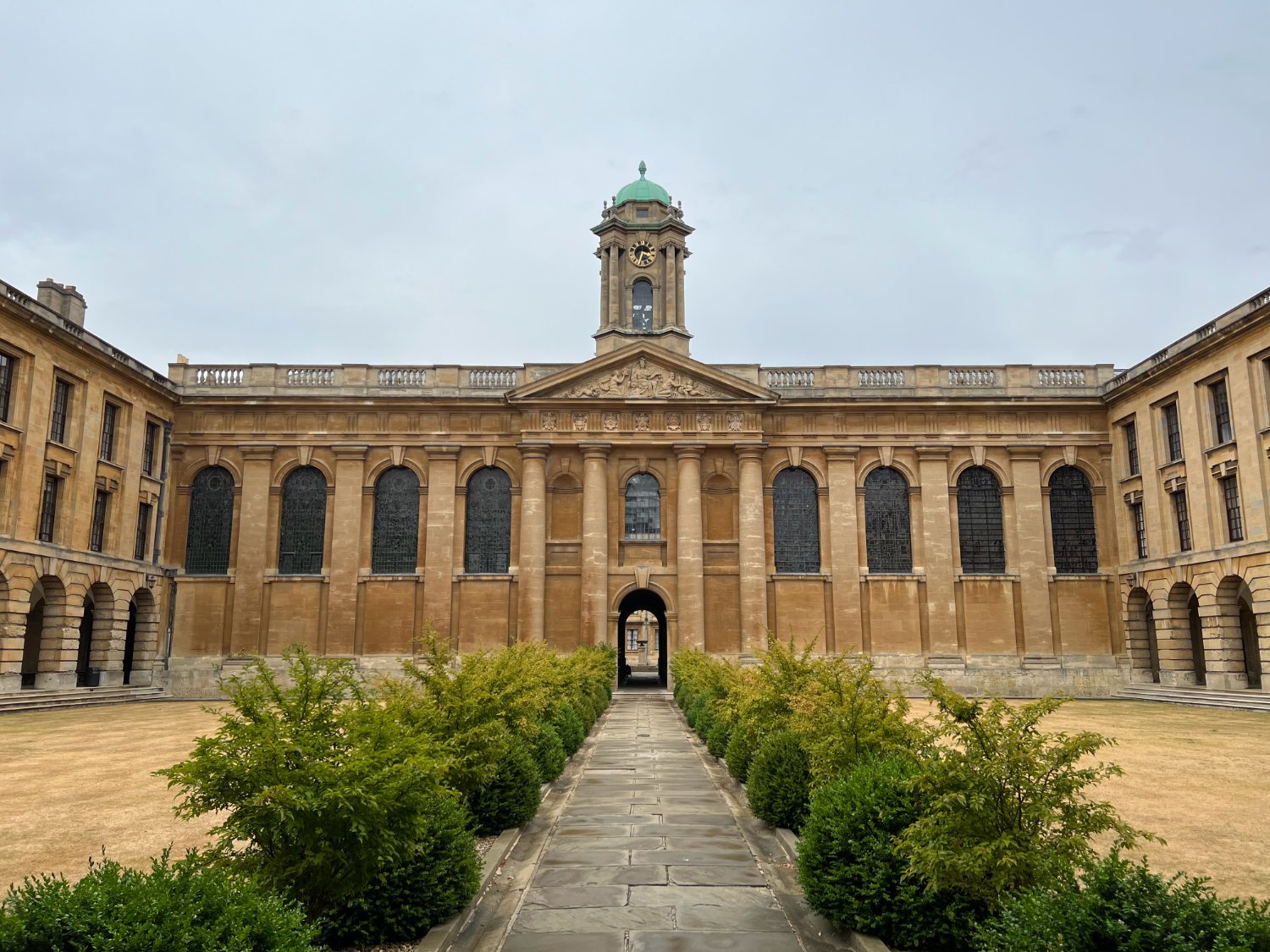
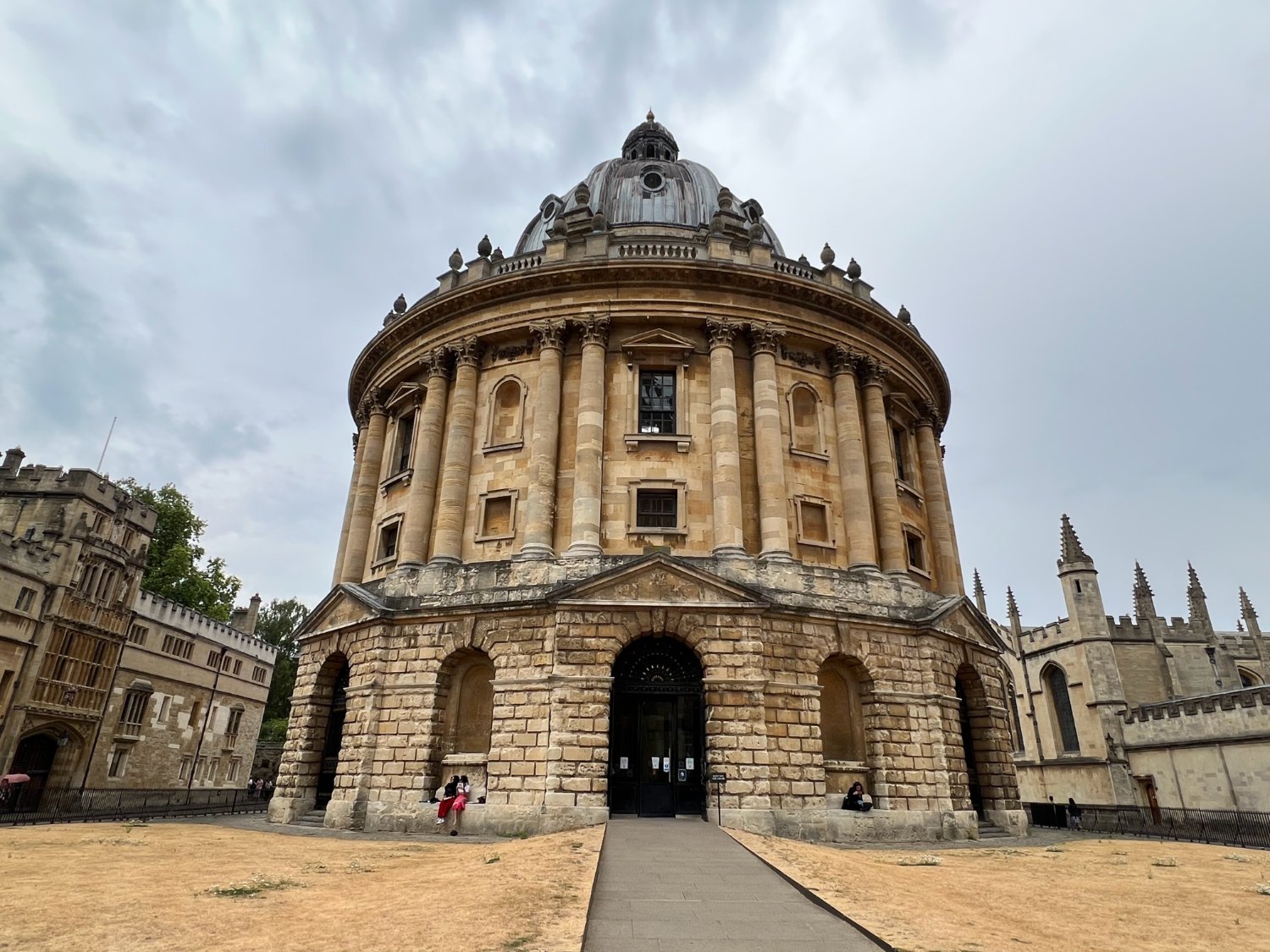
Ride practicalities
START/FINISH: Reading/Oxford DISTANCE: 68km TOTAL ASCENT: 471m TERRAIN AND SURFACES: quiet country lanes, cycle lanes, former railway tracks. The whole route is very rideable on any bike with more than 28mm tyre. The route all asphalt. RECOMMENDED CAFÈS/PUBS/ACCOMMODATION: Stoke Row; Stoke Row store, Oxford; The Bear MAINLINE TRAIN SERVICES: Reading/Oxford PLACES TO VISIT: Reading Abbey, Maharajah’s Well, Pendon Museum, Didcot Railway Centre, Oxford Colleges, Magdelene College Chapel LINKS TO OTHER ROUTES: London to Oxford, NCN 23
Ride Notes
What better place to begin your journey to North Wales, than at Reading Abbey, which was built according to the Medieval Chronicler William of Malmesbury, “on a spot calculated for the reception of almost all who might have occasion to travel to the more populous cities of England”. (Oxford, Birmingham, Chester in your case). Founded by Henry I in 1121, "for the salvation of my soul”, it was in its heyday one of Europe's largest royal monasteries.
Reading Abbey - or at least bits of it
From the abbey, the route goes to meet the beginning of National Route 5 at an anonymous junction beside the Thames and from there makes its way across the river to Caversham and up into the National Landscape of the Chiltern Hills.
The first quarter of the entire route is ridden over what was roughly 165 million years ago a shallow tropical sea. Over a period of a hundred million years or so, untold billions of microscopic skeletons of marine plankton settled on the seabed, before spending the next 65 million years being compressed and uplifted into the hills known as the Chilterns.
The Chilterns are a sort of vision of England’s mythical past. It’s narrow and gravel covered lanes wind through beech woods which are carpeted with bluebells in spring, and where even today pigs still snuffle amidst the roots and leaves. Small fields of barely sway in the breeze, and some hedges are laid rather than flailed. You pass flint cottages with roses rambling up their walls and village pubs selling beer as opposed to the gastro-affairs. You ride through the idyll very much at ease. It is easy to imagine a rural idyll, of villages, horses and carts, where everyone seemed content with their lot, but that would be a lie. There was great poverty and hardship in these hills. In the village of Stoke Row, villagers had a struggle to obtain water in the summer months, and so moved was an Indian Maharajah, that when he heard of this, he paid for a well to be dug in the village. It is still there today, complete with its golden elephant.
Maharajah's Well, Stoke Row
Historians will know the market town of Wallingford as a key player in medieval politics, and Agatha Christie aficionados will know the town as Market Basing. Hercule Poirot ‘stayed’ at The George in the High Street, whilst Agatha Christie lived nearby. In fact, she is still to be found in the town, sitting on a bench outside the town hall. It’s a pretty enough town although lacking in a good coffee and cake stop.
I mentioned above that the Chilterns are a vision of a mythical England, little changed from the early twentieth century. Just how little the change can be seen at Pendon Museum where an exquisite model of the Chiltern’s countryside in the 1930s. Even if you have no interest in grown men playing with model trains, the artistry and skill of the modellers make this an interesting place to pause.
Around the corner - more or less literally - is Didcot, an archetypal railway junction town. Trains rattle through and steam engines from the Golden Era of train travel still puff away in the Didcot Railway Centre. However, it was the concrete behemoths, the cooling towers of Dicot power station, which caught not only the golden light of the setting sun but the attention of every passing rail passenger. They were in their way, every bit as beautiful as a Gothic abbey or Medieval castle, and just as important a part of the national story. Unlike their medieval architectural ‘cousins’ they had no state protection. Their pulverised remains will be bing scooped up by gigantic earthmoving machines as you pass.
Didcot Power Station - or the remains of
The small market town Abingdon-on-Thames, claims not only to be Britain’s oldest town, but had a monastery which was a European centre of cultural and religious life. Modern CEOs will recognise its corporate efficiency which historians say was on a par with a modern FTSE 100 company. Huge wealth was created, largely as a result of a trade in wool. The town still has a prosperous air and the streets are lined with listed buildings.
Thirty-nine colleges make up Oxford University and for each, rowing is very much part of the college life. You pass, as you enter the city, various college boat houses, many of which are grander than millionaire’s mansions. Ride alongside the river, ignoring any NCN 5 signs (the river route is far lovelier than the ‘official route’). It was along this stretch of river, that one summer afternoon, Charles Dodgson entertained the three daughters of Henry Liddell, Dean of Christ Church, along with the girls’ governess. So delighted were the girls with the adventures of Alice, that Dodgson wrote them down under his nom de plume, Lewis Carrol. The adventures have never been out of print.
Christ Church, Oxford
Other than the city’s obvious visual appeal, what makes it so famous (over 10 million people visit the city of ‘dreaming spires’ each year) is its University which claims to be the second oldest in the world. For 600 years it used its power and influence to ensure that no other university was founded (other than Cambridge). Thus it was able to attract not only some of the world’s most creative and inventive brains (including 28 Nobel Laureates) but also architects of genius, such as Sir Christopher Wren. The university today, remains both an intellectual as well as economic powerhouse and is said to contribute over £15.7 billion to the UK economy.
Should you have the energy after the day’s ride, there are any number of college tours, museums and river trips to choose from. But you might just want to sit (whatever your professed faith or lack thereof) in Magdelene College Chapel immersed within an ecclesiastical stone masterpiece and listen to sublime voices sing Evensong, before retiring to the nearly eight centuries old pub, The Bear.
Every route on this website has been carefully researched as well as ridden. However situations on the ground can change quickly. If you know of changes to this route, or cafes, pubs and the like which you think other cyclists need to know about, feel free to share your thoughts below.
If you enjoyed this guide, why not subscribe to the website so as not to miss other inspirational routes?
wheremywheelsgo.uk is a Feedspot UK Cycling top website




